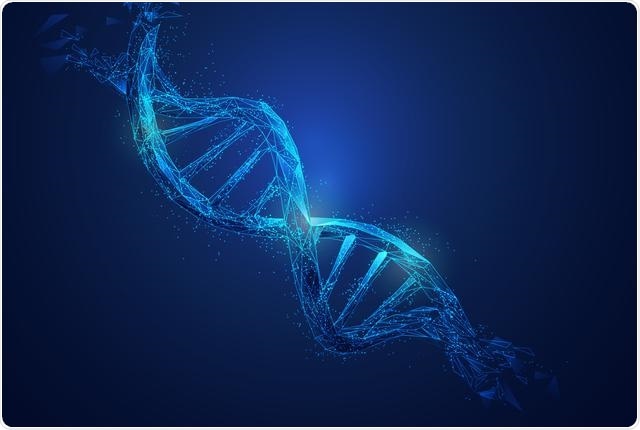An innovative test that determines the quality and quantity of inactive HIV viruses in the genes of HIV patients may ultimately give scientists a better idea of which kinds of drugs work best at treating this infection.

UW Medicine researchers developed a new test, which measures the quantity and quality of inactive HIV viruses in the genes of people living with HIV. Image Credit: Getty Images.
At present, there is no cure for AIDS and HIV but antiretroviral therapy drugs, also called ARTs, can successfully inhibit the virus to imperceptible levels. However, when ART therapy is ceased, HIV reactivates to revive the infection.
The new study, recently published in the Cell Reports Medicine journal discusses how a novel test, jointly designed by researchers from the University of Washington School of Medicine (UW Medicine) and Fred Hutchinson Cancer Research Center, will give scientists, and ultimately doctors, a simpler way to estimate the level of HIV viruses that are likely to reside in the gene of a patient.
According to Dr. Florian Hladik, the study senior author (together with Dr. Keith Jerome from UW Medicine’s Department of Virology) and a UW research professor of obstetrics and gynecology, this latent HIV reservoir emerges from the integration of HIV into DNA, particularly in the chromosomes of macrophages and T lymphocytes. The integration of a virus into the host cell genome is a special trait of retroviruses, added Dr. Hladik.
Dr. Hladik further added that present-day tests are costly, complicated, and at times provide incorrect readings of viral load. The two prevailing tests are performed by triggering in vitro functional viral outgrowth from a patient’s cell culture or sequencing the viral DNA from the patient’s cells. But these tests are costly, time-intensive, and are not easily amenable for testing new drug candidates to treat HIV.
Our laboratory test is a simpler way to quantify the reservoir of intact viruses.”
Dr Florian Hladik. Study Senior Author and Research Professor of Obstetrics and Gynecology, University of Washington School of Medicine
The assessment of new treatments to cure HIV infection depends on the frequent measurement of the number of cells containing HIV DNA before, during, and after the treatment.
But existing assays do not provide this data rapidly enough, or with sufficient precision to be handy in upcoming clinical trials. And in certain assays, blood had to be drawn several times from every patient subject.
The test functions by utilizing a new kind of assay that leverages the multiplexing ability of the droplet digital polymerase chain reaction (ddPCR). It examines each separated DNA molecule to detect the presence of incorporated HIV DNA and also to establish whether the viral DNA is defective or intact. Customized analyses and commercial software are applied to estimate the number of T cells that contain intact HIV DNA in the gene.
This gives us a lot more information about the particular virus in a person’s body than previous PCR assays.”
Claire Levy, Study Lead Author and Research Technologist in OB-GYN, University of Washington School of Medicine
According to her, previous assays were only partly effective, similar to looking for individuals’ data online and learning just their first names. In line with this analogy, the latest assay would provide more data, like full name, height, age. In the case of HIV, this additional data about the virus will allow investigators to understand its behavior within the human body.
By closely monitoring the number of cells with intact HIV DNA after every dose, the new PCR assay will practically allow scientists to establish the effectiveness of a drug candidate being tested against HIV/AIDS, explained Levy and Dr. Hladik.
I can see a patient going to a doctor and adding this to the list of questions they might ask. Now they ask about their viral load and T-cell count. I hope in the future they may be able to ask how large their HIV reservoir might be. What gets me excited is that one day this number may tell them how long it will take to entirely eliminate HIV from their body.”
Dr Florian Hladik. Study Senior Author and Research Professor of Obstetrics and Gynecology, University of Washington School of Medicine
Source:
Journal reference:
Levy, C. N., et al. (2021) A highly multiplexed droplet digital PCR assay to measure the intact HIV-1 proviral reservoir. Cell Reports Medicine. doi.org/10.1016/j.xcrm.2021.100243.